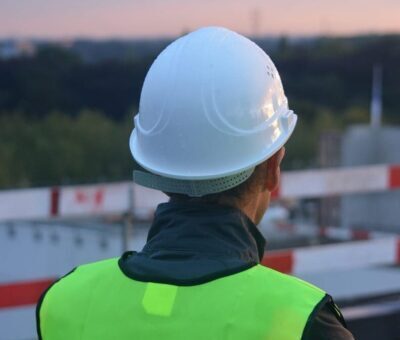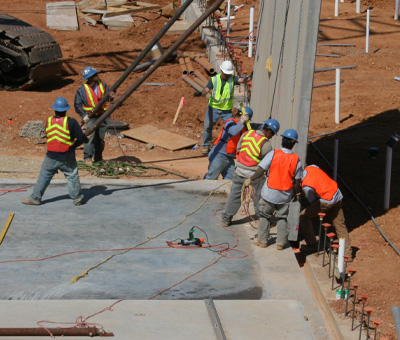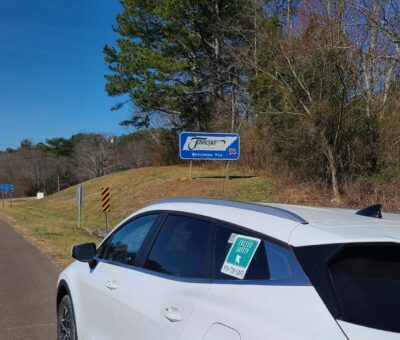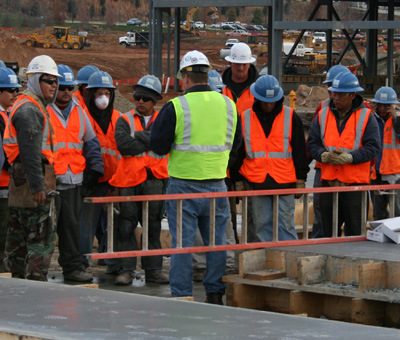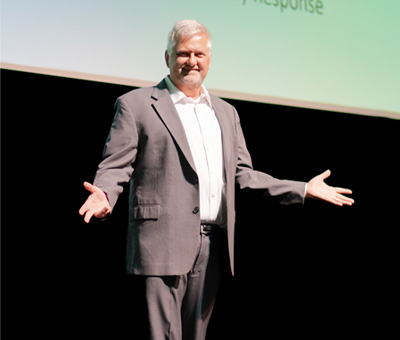In workplace safety, the best results come from stopping hazards before they ever reach employees. While training, procedures, and personal protective equipment (PPE) are important, the most effective approach is to design hazards out of the workplace from the beginning. This approach is known as Prevention through Design (PtD).
What is Prevention through Design?
Prevention through Design means considering safety during the planning and design stages of buildings, equipment, processes, and materials. Instead of adding fixes after an incident occurs, PtD focuses on removing or reducing risks early, when changes are easier and less costly.
For example, rather than relying on workers to wear fall protection while working on rooftops, a company can design rooftops with permanent guardrails or parapets. This eliminates the hazard at its source and reduces the need for extra protective measures.
Why PtD Matters
- Proactive, Not Reactive: This method prevents accidents instead of responding to them after they occur.
- Cost Savings: Fixing a problem after it’s already happened is expensive in both money and time. Building safety into the design saves both.
- Working Protection and Company Reputation: Removing hazards not only makes workers safer and more confident on the job, it builds your reputation as a safe and reliable company.
- Supporting Compliance: PtD helps companies meet OSHA and other safety standards, lowering the risk of fines and penalties.
Case Studies
On a commercial building project, fall risks during roofing and façade work were a major concern. Instead of using temporary scaffolding and fall protection, the design team included permanent parapets and built-in anchorage points from the start. Stair access was also added to reduce ladder use. This lowered fall risk by over 80%, reduced reliance on PPE, and saved costs tied to temporary safety systems.
This method doesn’t just work for construction. A chemical manufacturer faced risks when workers manually transferred volatile solvents. By redesigning the system, they introduced a closed-loop pumping process with automated controls. Local exhaust ventilation and leak sensors were also added. This eliminated direct worker contact with the solvents, reduced air exposure levels, and improved efficiency—all while cutting down on wasted materials.
How to Put PtD into Practice
- Bring in Safety Experts Early: Involve safety professionals (internal or external) during design and planning, not just during construction or operations.
- Look for Hazards Ahead of Time: Use risk assessments during design reviews to identify safer alternatives.
- Work as a Team: Designers, engineers, and safety consultants all of their areas of expertise. By collaborating together, you can ensure safety is built in from the start.
- Educate Teams: Train staff and decision-makers on PtD so safety remains a top priority.
Building Safer Workplaces
Prevention through Design is more than just a safety program—it’s a smarter way of working. By considering safety at the design stage, companies can reduce risks, save money, and create a safer, more productive environment for everyone.

